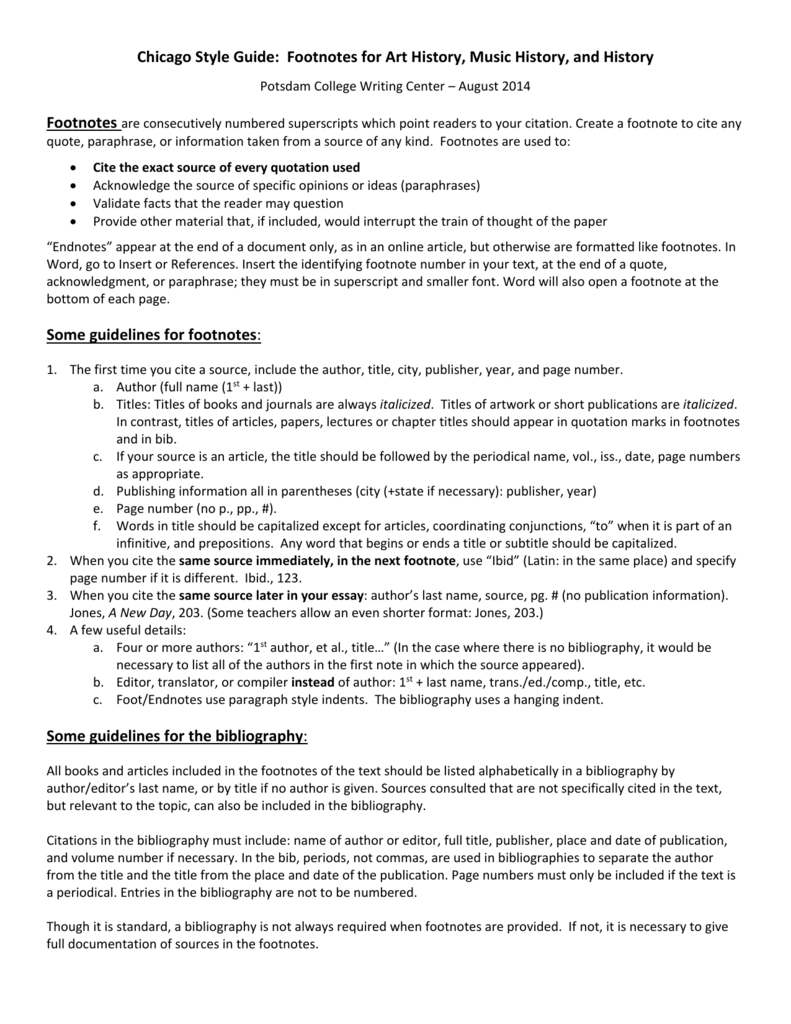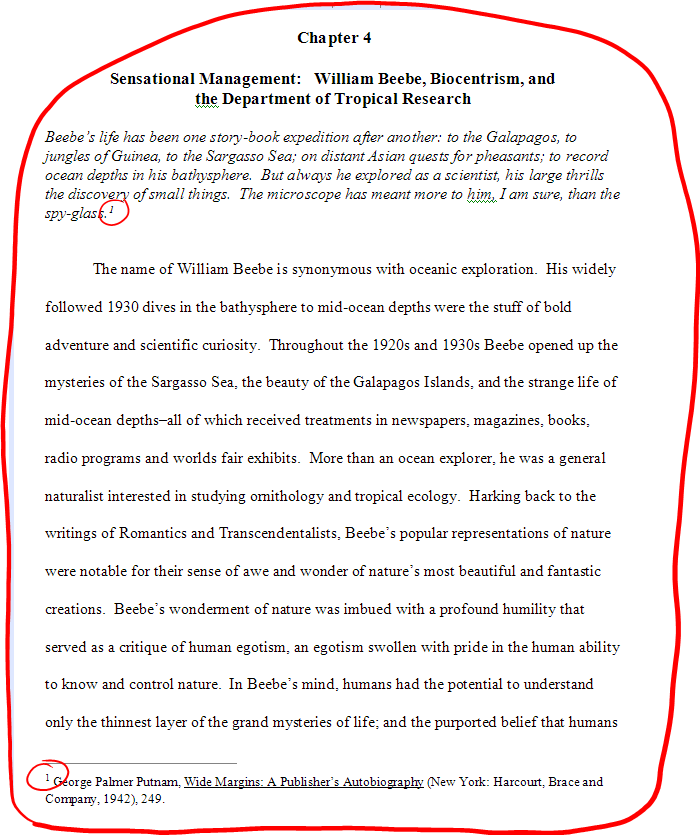

Citations at the End of Your Paper (Works Cited page or Bibliography)Ĭhicago style has three alternatives for citations at the end of your paper. Kant and the Platypus presents Umberto Eco's views on the problems of categorisation. For example, in this case you do not, because the author and title are there in the sentence:

The general policy of the Chicago Manual od Style is to keep footnotes to a minimum, so if what you are referring to is clear from the context, then ask yourself if you really need a footnote. If you are referring not only to the same source but to the same page as before, then “Ibid.” is enough you do not need to repeat the page number. If you refer to the same source two or more times in a row, then you can just use “Ibid.” (short for Latin ibidem) to mean “this is from the same source,” e.g.,

If you refer to two or more different sources by the same author, put in the title, or a shortened version of the title, e.g. (Formats for different types of sources will be shown later.) The good news is that you only need to do this once for later footnotes, you just need the author's surname and the page number, e.g. Haywain, Love’s Revenge: a tale of passion and intrigue (New York: Bodice Books, 1988), 35. The first time you refer to a source, you need a footnote with full information. Since Chicago style is mainly used when footnote citation is preferred, and since the author-date style is very similar to APA (with the exception of lacking "p." for page numbers), here we will only deal with footnote style. If you want more detailed information, take a look at the Chicago Manual of Style Citation Guide.Ĭitations in Your Paper (In-text Citation)Ĭhicago style has two different ways methods of in-text citation: footnotes and parenthetical citation (author-date). This is a simple guide to citing sources using Chicago style.


 0 kommentar(er)
0 kommentar(er)
